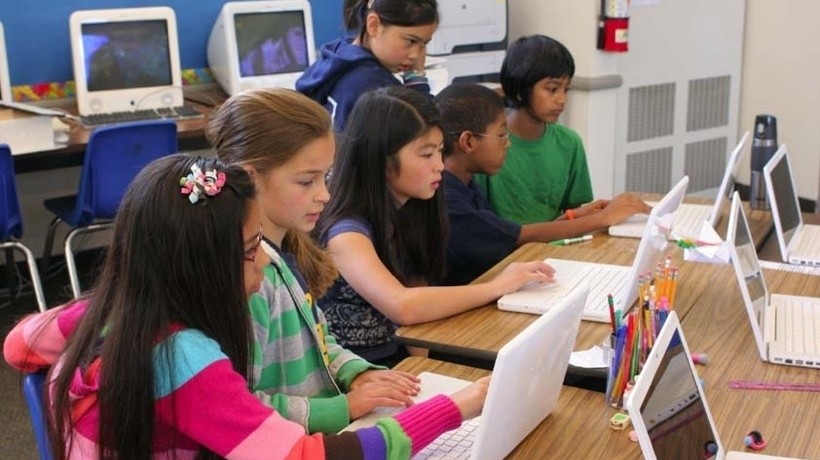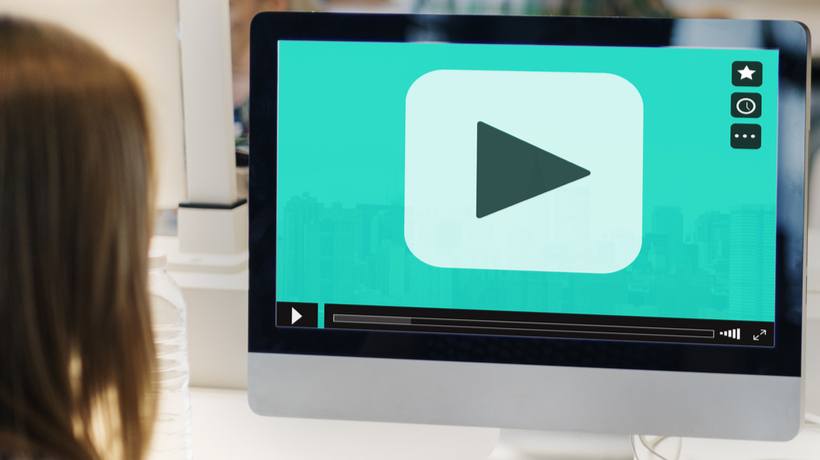Why Project-Based Learning Is Better Than Traditional Classroom Learning
When it comes to prepare the next generation for the future, then education becomes the primary concern. Traditional learning in classroom-based education is being challenged by the ever increasing complexity in our lives and societies. Researches in the leaning methods have opened new vistas in Project-Based Learning. The fast emerging method is catching the attention of the educationist and policy makers to introduce this in their education systems.
Project-based learning focuses on developing critical thinking and problem solving skills in the students. Its inquiry-based method of learning to solve the problems given as projects to the students is a style of active learning. In short, we can say “Project-Based Learning integrates knowing and doing” when student apply what they know to solve authentic problems with intentions to produce results that matter.
A project has scope of work, resource, and planning activity to execute and manage resourceσ to get the desired results. In the present world of full of ever increasing complexity, project-based learning is preparing students to solve the real world problems. Here are 12 reasons why you as teachers, guides, educators, educationists, or students should go for project-based learning.
1. Scope Of Work
The first and foremost reason to go φορ project-based learning is that it enables educators, teachers, and students to learn and adopt structures around projects rather than having lecture-based learning and reading-writing assignments of the traditional classed room learning. Students learn to comprehend the entire scope of the project and put the execution into a structure under guidance of their teachers or supervisors.
2. Real World Problem Simulation
Project-based learning focuses on enabling student to face real world situations simulated in the forms of the projects. Students learn while doing what they know and develop new learning around hobbies, passions, and careers. They often develop new hobbies, passions, and liking for new careers.
3. Improves The Interpersonal Skills Of A Student
It greatly impacts the development of interpersonal skills of the students. Projects given often are more complex than in the assignments given in the traditional classroom-based learning. Students need to structure their efforts in organizing their survey required for the projects, analyze the survey results, and prepare reports to reach markets and collaborates with sponsors of the projects. In the entire approach or different stages of the project they improve their communication skills to collaborate with various stakeholders.
4. Concept And Creativity Development
Project-based learning develops greater depth of understanding the concepts than in traditional classroom-based learning and results in improved levels of student’s creativity. Real world situations given in the project are more capable to draw students’ attention and capture their interest to provoke the needed level of thinking to apply new knowledge in a problem solving context.
5. Determines The Actual Knowledge
Project-based learning determines in depth knowledge and experience of the students and sometimes of teachers in comparison to the fixed length of learning experience of traditional classroom-based learning. In project-based learning student develop their skills and knowledge while classed-based learning has shorter span of memorizing based experience derived from a rote approach.
6. Choice Of Selecting Real World Problems
Another great reason to go for project-based learning is that projects are chosen by the students or assigned by the teachers according to the students’ interest. Students are presented to have choice based on their interest in selecting a real world problem presented in the project. Interest-based selection of projects gives student unique ways of solving different problems which are diverse even in the same class, where as traditional classroom-based learning has question/answer-based essays and exam writing, including assignments given to all students of the class.
7. New Style Assessment Of Students’ Skills
Teachers are able to assess students’ capabilities to observe, survey, and investigate, then allocate the projects determining the activities and events based on their interest. Students find themselves capable of honing their observation and analyzing skills. Teachers can directly assess the development of these skills among their students when they perform activities of the project work.
8. Visits To Field-Sites Of Real World Problems
A significant feature of project-based learning is field-site visits by the students, teachers, and other involved researchers and educationists as needed in the project executions which open new ways of learning and collaborating with stakeholders and new people.
9. Direct Demonstration Of The Capability
Teachers get greater opportunity to assess their students’ capabilities demonstrated in the performing activities and events organized in the projects than the essays and exams of the traditional classroom learning based on rote learning and memorization to write what teachers have taught as their fixed and pre-determination of the topic or subject.
10. Technology Inclusion
Project-based learning is an effective way of including technology in the learning laboratories of the education system. Projects selected by students according to their interest are now likely to involve computers and the internet, as well as interactive whiteboards, GPS devices, and cameras.
11. Tracking Of Progress
In project-based learning teachers and students both can track their activities involved in the project given to the student to solve real world problems. In traditional classroom-based learning this is ever missing, as not required or non-existing mechanism in the structure.
12. End-To-End Problem-Solving Skills
In project-based learning students undergo various stages of problem solving through structure of the project which include various stages like project scoping, work planning, activity performing and tracking, managing uncertainties presented during problem solving activities of the project, presentation of the project, and closure. Students have opportunities to develop skills of observation, survey, research, reporting, presentation, communication, and collaboration with people involved, team building, and leadership in the end-to-end problem solving approach of project-based learning.
Final Word
Giving a project to students is better nowadays, rather than making them sit in a class and speaking it all out for them. This makes the children go out on their own and learn on their own, giving them a better understanding of the topic. This way, students will learn to take up an initiative on their own and know more on their chosen topics. Gaining knowledge should be fun and interesting, where children should engage themselves in a world of facts.









